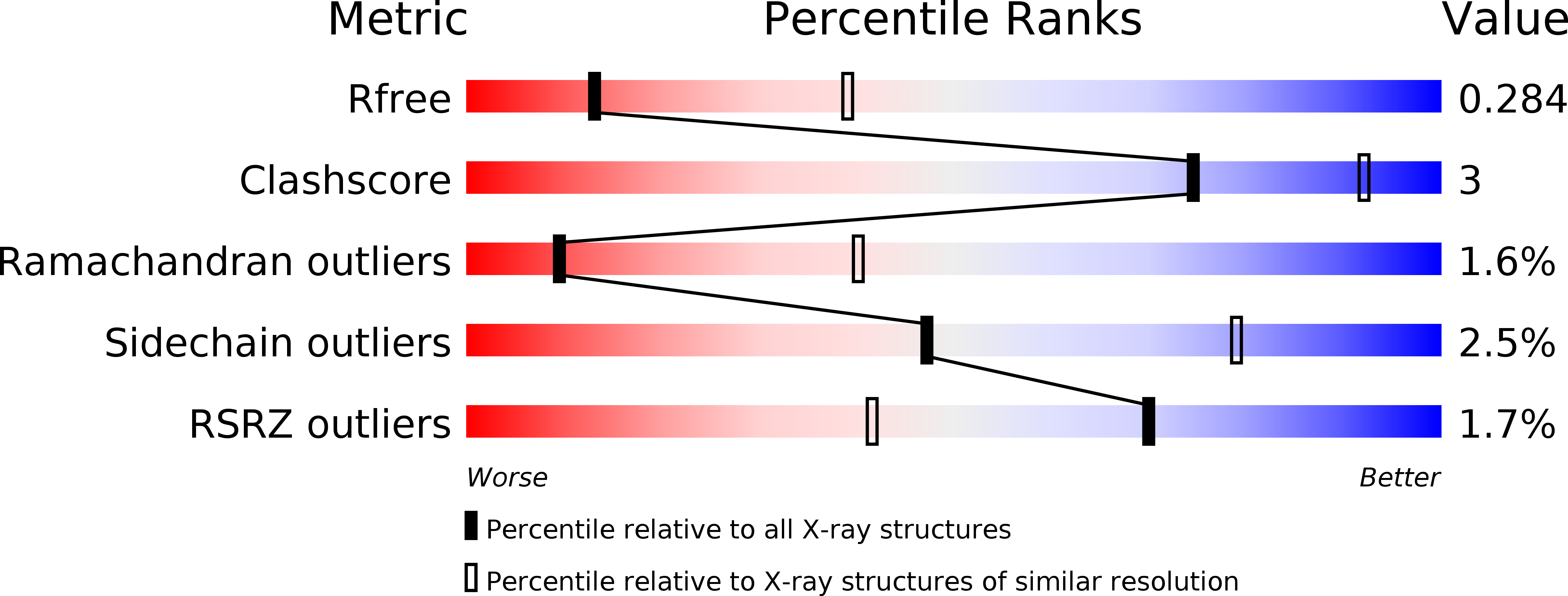
Deposition Date
2010-11-03
Release Date
2011-02-23
Last Version Date
2023-09-06
Entry Detail
PDB ID:
3PHD
Keywords:
Title:
Crystal structure of human HDAC6 in complex with ubiquitin
Biological Source:
Source Organism:
Homo sapiens (Taxon ID: 9606)
Host Organism:
Method Details:
Experimental Method:
Resolution:
3.00 Å
R-Value Free:
0.26
R-Value Work:
0.23
R-Value Observed:
0.23
Space Group:
P 43 21 2


